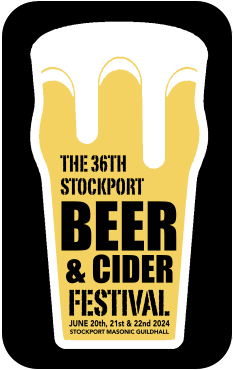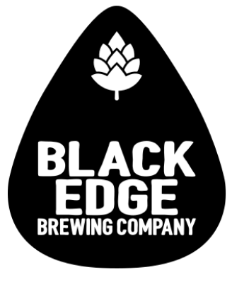Beer Styles
Beer styles are difficult to categorise precisely. One person's mild is another person's old ale. Some dark dry ales lie equally between stout, dark bitter and mild, while others fall definitely into only one category. Thus the following are only broad categories.
ABV – Alcohol By Volume
The standard measurement of the alcoholic strength of a beer. The measure gives the volume of pure alcohol to be found in a given volume of beer. Thus 5% ABV means that in a 100ml sample there is 5ml of pure alcohol.
So what is bitter?
As the name implies it must be bitter, but will also have a degree of sweetness from the malt used. Bitterness comes from the hops used. Brewers use various amounts and varieties of hops, each with their own character. This results in some bitters being lightly hopped, and some astringent beers. After the bitter taste subsides, the character of the malt comes through. Again there are great variety of flavours available. Some bitters are very dry, having hardly any sweetness, whereas others have a distinct sweet malt flavour. Bitter varies in colour from light straw colour to dark ruby red. These variables (bitterness, sweetness, and colour) can be used by brewers to produce hundreds of subtly different bitters. BecIn flavour old ales are rich, packed with malt, big on hop bitterness and have a mellow fruitiness. In alcohol content they vary from 5.1% ABV for Highgate Old Ale up to 8.5% ABV for Robinsons Old Tom. The stronger examples have a vinous (wine like) flavour reminiscent of a good red wine.
Mild is the classic running beer, like bitter designed to be sent out to pubs soon after it's brewed and drunk after a few days conditioning in the cellar, unlike the more matured stock, keeping and old ales it largely replaced.
In today’s current vogue for “Mild xxxxxx” meaning bland, tasteless, inoffensive food, mild suffers from its traditional name. However can you see the problem of marketing a beer called “Less bitter” or “Not as bitter”!
Let’s explode some myths about mild.
Mild is sweet – NOT! - Just because mild is less bitter, do not think that it is sweet. Remember – it is mildly hopped relative to a brewer’s standard bitter. Thus one brewer’s bitters can be sweeter than another’s mild!
Mild is tasteless – NOT! - Well-crafted mild is full of flavours. Most milds have, in varying degrees, chocolate, biscuity malt, liquorice and light fruit overtones. Mild is much more complex in flavour than bitter, which, as the name implies, is primarily bitter.
Mild is weak – NOT! - This is only true within the last century, as a result of cuts in beer gravity during and after WWI.
The hallmark will be the biscuity and juicy malt character derived from pale malts, underscored by tart citrus fruit and peppery hops, often with the addition of hints of vanilla and cornflour. Golden ales are pale amber, gold, yellow or straw coloured and above all, such beers are quenching and served cool.
Standard stouts have a strength similar to bitters, but beware, some breweries produce a Russian/Imperial Stout, which are typically 9% upwards!
Porter was the first beer produced on an industrial scale in eighteenth century Britain, and continued to be so for most of the nineteenth century. Originally brewed solely from brown malt, its name comes from its popularity with London's street and river porters.
Porter is bitter and deep brown, not really black. It is more aromatic and while malty, is more quenching. It is more like a bitter but darker and heavier.
Wheat beer is another popular beer style, which contain a substantial amount of malted wheat used in the brew. This gives the beer a tart taste, and results in a slightly cloudy pint.
What is the difference between ale/beer and lager?
Ale/beer is produced by ‘top fermentation’ at temperatures up to 22°C. This produces the rich variety of flavours in an ale. After primary fermentation the ale is allowed to mature at 11-13°C in a cask where a slow secondary fermentation occurs.Lager is produced by bottom fermentation at temperatures 6-14°C. It should then be conditioned for several weeks at about 0–1°C during which time the lager matures. Traditionally lager style beers were brewed during the cooler winter months and then stored in cool cellars through to the summer months. The German for store is lager – hence the name. However some UK lagers are
India Pale Ale changed the face of brewing early in the 19th century. The new technologies of the Industrial Revolution enabled brewers to use pale malts to fashion beers that were golden or pale bronze in colour.
First brewed in London and Burton-on-Trent for the colonial market, IPAs were well attenuated and high in hops: the preservative character of the hops helped keep the beers in good condition during long sea journeys, during which they also matured at a faster rate.
IPA eventually developed into a weaker bottled beer in Britain, before being reimagined on the East and West Coasts of the US in the eighties and nineties. Look for juicy malt, citrus fruit and a big spicy, peppery bitter hop character.

